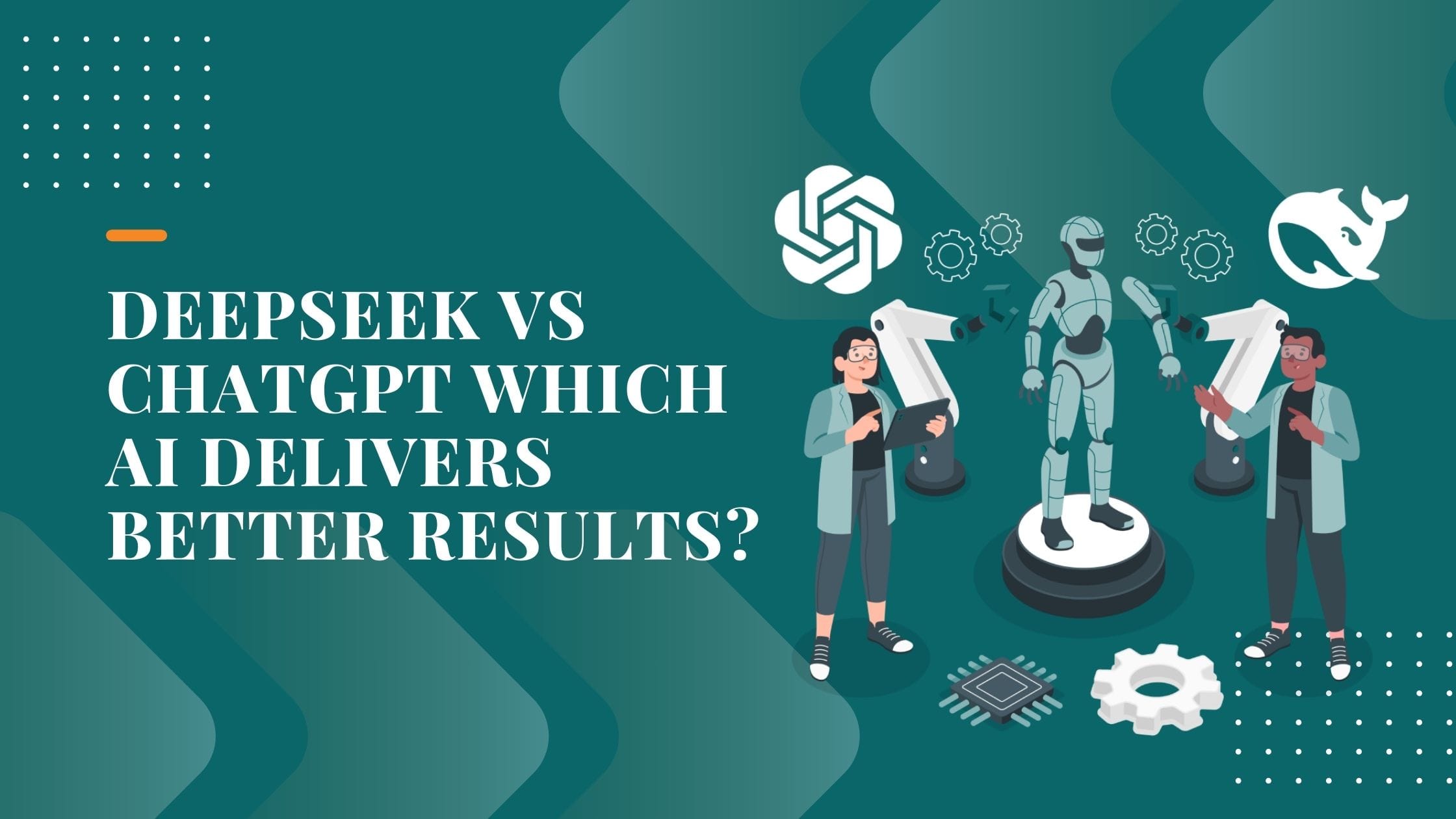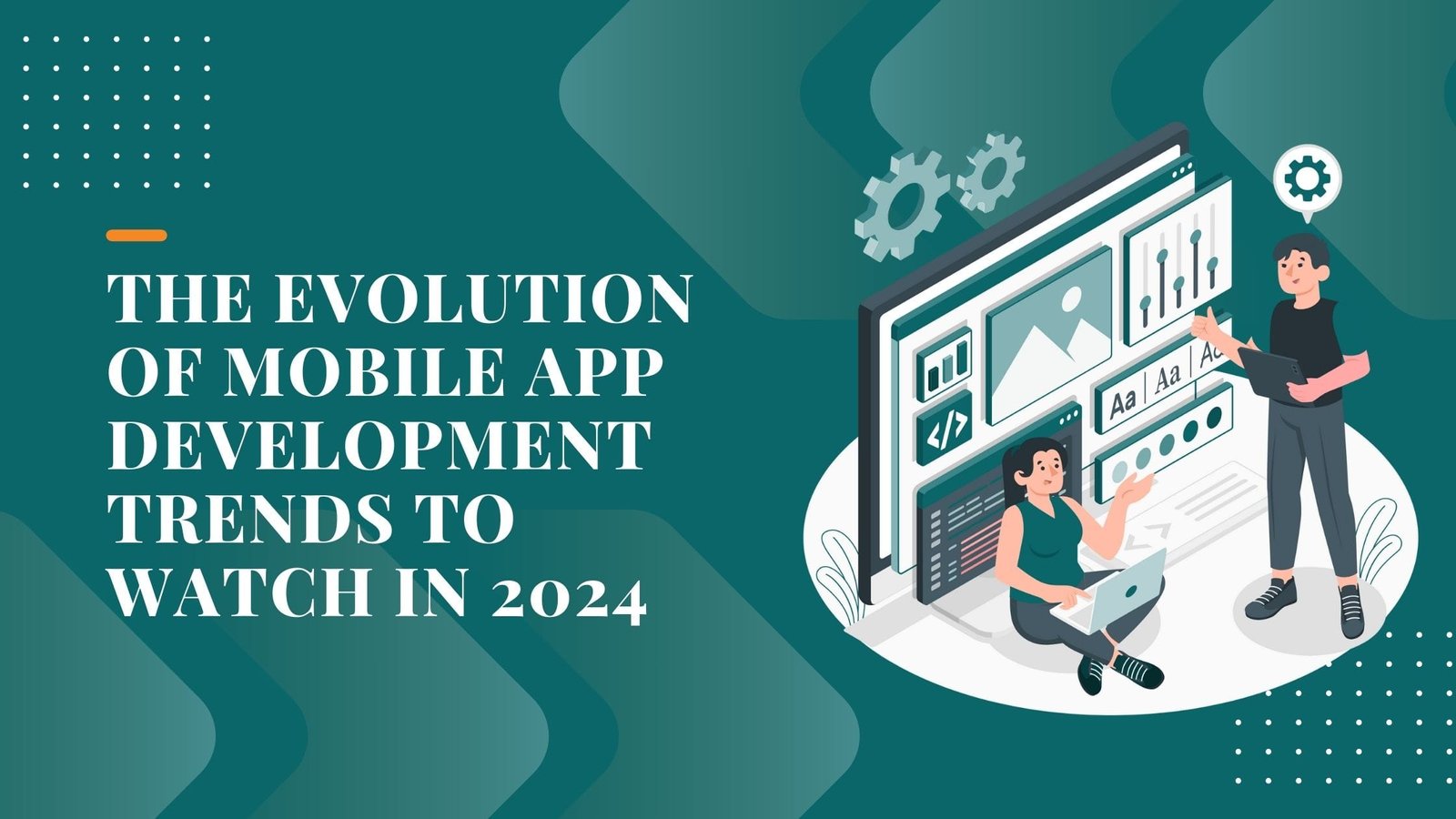
04/02/2025

The mobile application development landscape is living and changing through and through, as not just the users’ needs but also those interested in business evolve. Given that technology continues advancing pretty rapidly, there will always be an increased demand for new mobile applications. In this sense, the year 2024 should herald a developing reality acutely aware of new trends and incoming technologies that may change the future nature of mobile app development. Keeping up with them is no longer just beneficial but necessary to stay in the competitive fray.
In the early days of mobile phone technology, feature phones were the mainstay of the market, with mainly limited functionalities on communication. The advent of smartphones was a revolution that could make persons get many applications on their phones, ranging from social networking to possible productivity apps. It was enabled by introducing a touchscreen interface and increasing strength in operation, which changed the way users interacted with their phones.
Altogether, therefore, this breakthrough in app stores fundamentally changed the landscape of mobile application distribution. Apple’s App Store in 2008 set a new benchmark, unprecedented in that developers could reach very audiences with such ease. This innovation not only democratized the distribution of apps but also sparked a robust, vibrant ecosystem formed by various contributors: developers, entrepreneurs, and consumers.
There have been numerous milestones over the years that have gone to mark mobile app development. Well, with the coming of 3G and 4G technologies, connections improved and applications became richer and more interactive. The rise of advanced programming languages and frameworks like Swift and Kotlin empowered developers to make more robust applications. Every single advance touches on how apps are designed, developed, and even consumed.
AI and ML are innovators in mobile application development. These technologies assist in providing personalized experiences through the anticipation of user behavior and preferences by using data. Using applications developed through AI, changes can occur in real-time to offer personalized recommendations for increased engagement and satisfaction. Whether it’s an intelligent customer service chatbot or sophisticated algorithms that streamline a user’s journey, AI and ML is shifting the standards for mobile applications.
It is the watershed moment for mobile applications, since 5G, with its significantly increased bandwidth and reduced latency, makes these applications richer media, more interactive in real-time, and seamless connectivity. Indeed, it means new experience boundaries for gaming and streaming industries that were impossible to unlock before this technical revolution. As the 5G network rollout expands, applications will seize the new-found connectivity to deliver faster and more immersive experiences.
Augmented reality and virtual reality applications are in increasing use in the development of mobile applications because they can provide an immersive experience to the user. Augmented reality applications superimpose virtual information over real-world objects to enrich the interaction and functionality in application areas like retail and education. Virtual reality will place the user in a virtual environment, thus making it most suitable for gaming and simulation training applications. It will integrate these technologies into new mobile applications that will bring an unprecedented amount of engagement and interactions on a wide range of mobile applications with the development of these technologies.
The Internet of Things (IoT) brings something fresh to mobile application development compatibility with an array of different devices. Smart applications can now be in communication with IoTs, and users can control their environment with greater ease. Be it in the case of home automation or health metrics monitored by wearable devices, the complementariness between mobile apps and IoT is supporting solutions that could be much more innovative and bring improvement into everyday life.
Cross-platform development tools, such as Flutter and React Native, are changing the face of mobile apps because developers can now produce applications that run perfectly on iOS and Android devices without difference. It saves more time and money on development and will ensure to deliver the same user experience to users across different devices. In pursuing reach, more and more cross-platform solutions will be in demand this 2024.
The proliferation of low-code and no-code development platforms is democratizing the creation of apps, such that now people who do not have deep technical backgrounds can easily create useful applications. In addition, the proliferation of intuitive interfaces and the templates reduces the barriers that less-tightly-knit aspiring developers need to cross to join the ranks of working developers. As these trends accelerate, in the following years, diversified teams will start yielding quicker cycles of organizational development and increased innovation.
Progressive Web Apps: The Future of Mobile Accessibility
One of the most promising ways to improve mobile accessibility is through Progressive Web Apps. PWAs provide both the best features of mobile apps and websites: webpage loading speed, offline capabilities, and an app-like experience in a browser window. User demand eliminates the need for application download, making access easier, thereby improving user engagement. As the quest for accessibility becomes increasingly common, this will be the backbone of developing mobile applications in 2024.
This past year has witnessed a growing concern over data privacy, and developers must ensure their applications have substantial security features. Robust implementation of encryption protocols, security authentication methods, and probably routine security audits would all help guarantee protection for user data. As laws regarding data protection continue to change, best practices in security will not only assist in minimizing risks but also shape user trust.
In the context of mobile app development, sustainability represents another trend level. The developers now focus their skills on using eco-friendly practices in application development as they use energy-efficient coding, reduce resource consumption, and make use of sustainable server infrastructures. This bears testimony to a larger trend in society toward responsibility toward the environment, and as consumers become more conscious of their ecological footprint, businesses that focus on sustainability will then be valued more in the marketplace.
User experience plays a vital role in mobile app design and is a cornerstone of principles used when creating applications. An intuitive interface, simple and clear, allows for better user satisfaction and engagement. Developers should make usability their priority so that users easily understand applications, regardless of their technical skills. Actually, feedback from users during the design process is vital while reworking interfaces to deliver optimal user experiences.
In this world of information overload, each user lives in a world where any one point of interest can be perfectly aligned. Through data analytics, developers can curate specific experiences that tap individual user preferences. From content recommendations to adaptive interfaces, personalization deepens the users’ bonding experience with the applications, builds loyalty, and leads to satisfaction.
Feedback is one of the more important elements in the application development cycle. Continuous iteration steered by user input allows for a refinement in applications to address their pain points and elaborate on their functionality altogether. Involving users in the development cycle only gives one a feeling of ownership but also ensures that applications evolve in harmony with user needs and expectations.
The developments of mobile applications can be taken as one sign of how technology and innovation do not take breaks. Towards 2024, therefore, if there is a need to know and be ready for the new and rising, then developing some form of survival in this competitive landscape will be essential. The future of mobile application development will be rich in opportunity unlocking the possibilities of AI, 5G, AR/VR, the IoT, and sustainable practices.
Tomorrow’s changes, after 2024, demand a commitment to innovation and change. Developers along with businesses need to be provided with the environment to encourage creativity and embrace the new technologies opportunities that they bring in. The call for it is clear: It is about unleashing innovative powers and embarking on the ride that will define the future of mobile app development.